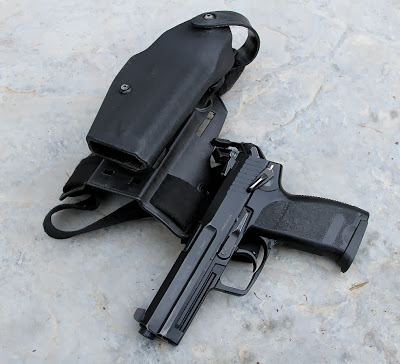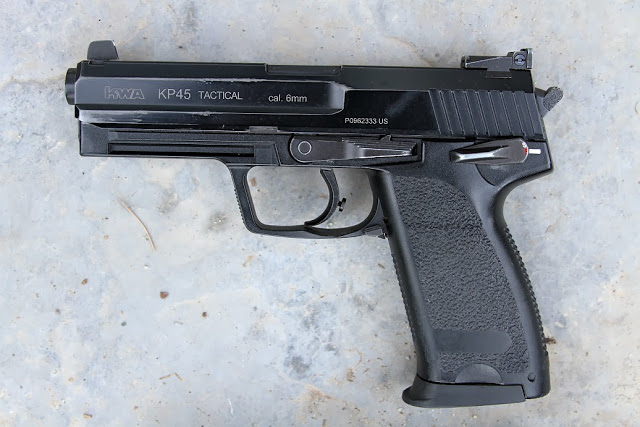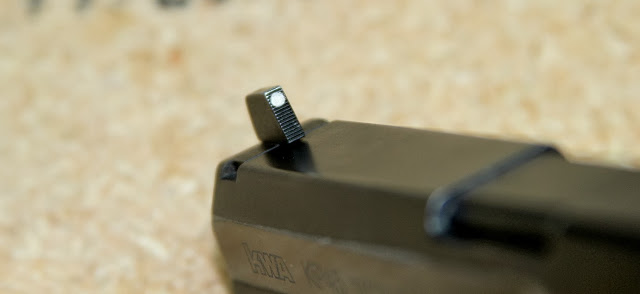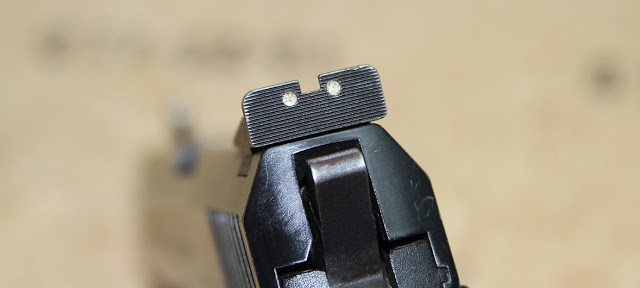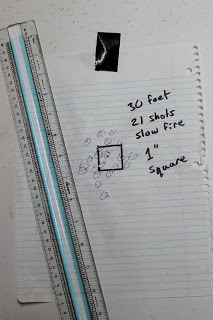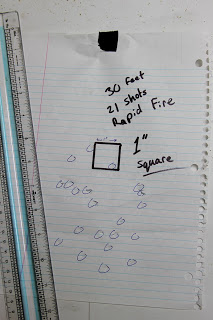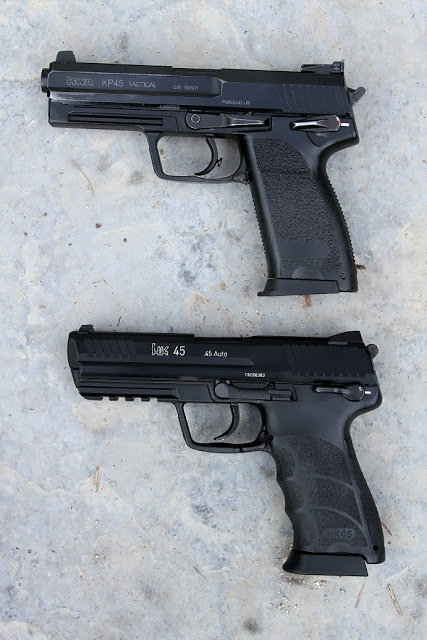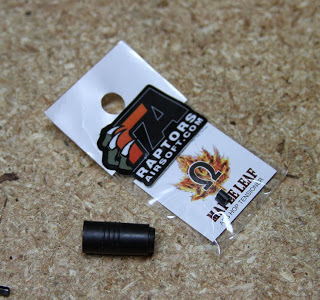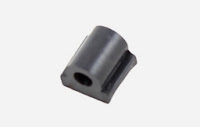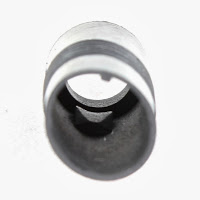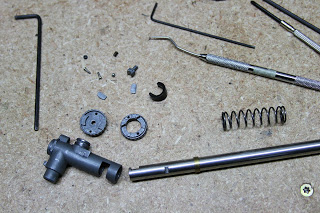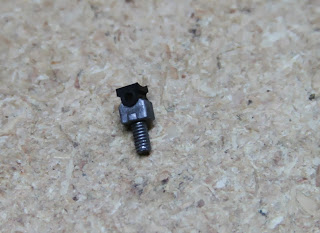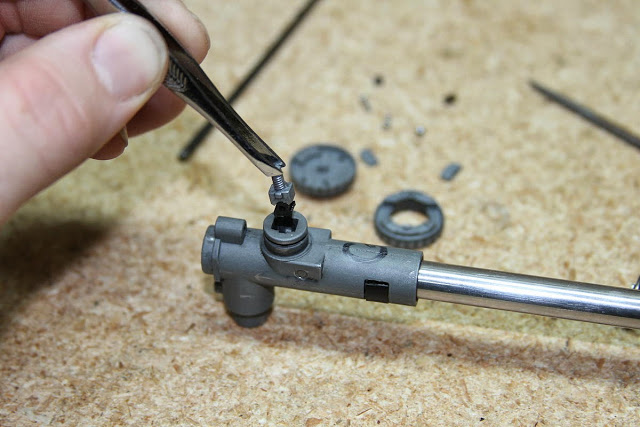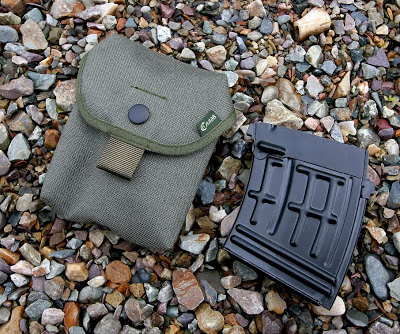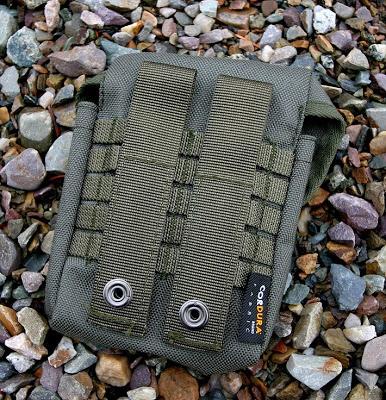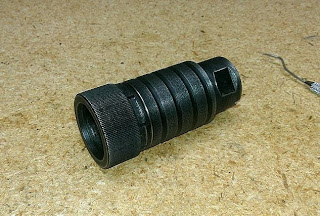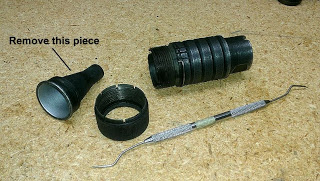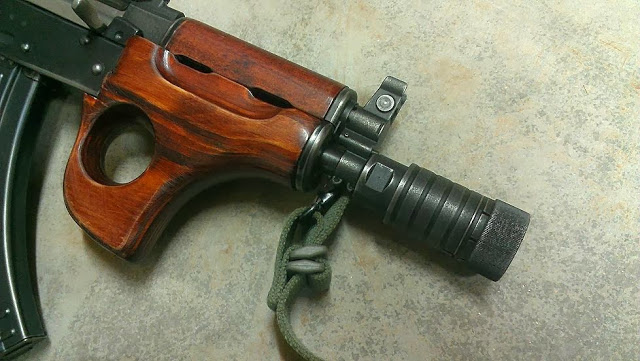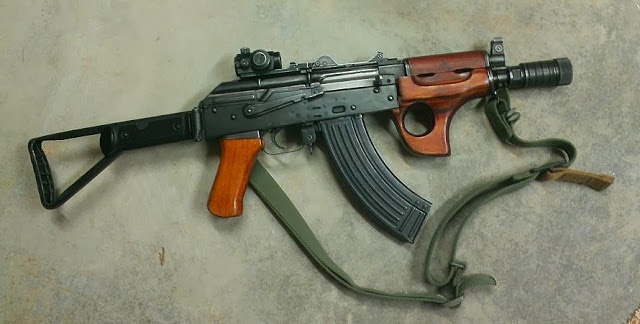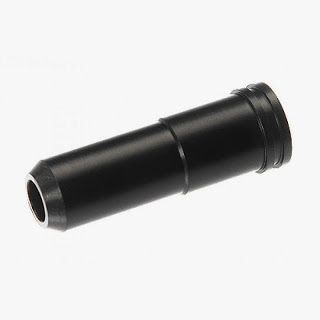 One of the often overlooked factors in airsoft accuracy is the air nozzle. The air nozzle allows the air from the cylinder to power the BB, which is then fed directly into the hop up chamber, rather than what is mistakenly assumed to be solely the gearboxes’ doing. Additionally, it must be understood that the air nozzle makes up another crucial aspect of your gearboxes overall compression. Depending on the type of compression issues you might be having, the air nozzle is also one of the things you should look at.
One of the often overlooked factors in airsoft accuracy is the air nozzle. The air nozzle allows the air from the cylinder to power the BB, which is then fed directly into the hop up chamber, rather than what is mistakenly assumed to be solely the gearboxes’ doing. Additionally, it must be understood that the air nozzle makes up another crucial aspect of your gearboxes overall compression. Depending on the type of compression issues you might be having, the air nozzle is also one of the things you should look at.
If you’ve ever been at an Airsoft OP and suddenly your AEG starts shooting extremely low and short even though shortly prior to this it was shooting long and far with the hop up adjusted perfectly…. Then you should take a hard look at your compression. Chances are, you’ve got a broken nozzle, or a cracked piston head, cylinder head, or a blown piston o-ring – or if it’s your lucky day: all of the above 😀
Lets briefly cover air nozzle compression checking because that’s a necessary primer for diagnosing most common air nozzle issues:
1) As mentioned, it is important when checking compression that you also check it with the air nozzle affixed to the cylinder head and held in the forward position with the tappet plate. You can do this several ways, including placing the whole assembly in a gearbox half if that works for you (this also shows you where things should properly line up and is a more accurate method vs. clamping everything together with your hand.) As with all things gearbox related, it helps if you have three hands. You should meet good resistance when trying to compress the piston inside the cylinder. Do not force it, but simply apply good even pressure to determine if you have any air leaks. This is also your opportunity to determine where the air leaks may be occurring. If it’s around the cylinder head area, I typically swap the piston o-ring out, and re-check. If it’s still no good, I will swap out the cylinder head o-ring. That usually solves that area unless I have a bad cylinder, broken cylinder head, etc. Follow this up with the air nozzle compression check. Make sure to apply a bit of grease around the cylinder head and piston o-ring when checking. Do not use any grease on the cylinder head nozzle shaft, or the air nozzle itself. These areas work best dry. If you do lube this area, chances are it is going to get blown into your hop up chamber or on your BB’s, thereby fouling your barrel and buggering up your accuracy.
If you’re losing air through the air nozzle, this can be caused from any of the following:
- If it’s a new gun (albeit a cheap one) – it’s probably a crappy air nozzle and doesn’t create a good seal.
- If it’s a well used gun (cheap, expensive, or otherwise) – it’s probably a worn out air nozzle.
- If it’s cracked, chipped, deformed, or damaged.
- If it’s missing any of the internal o-rings.
In any of the above cases, the fix is simple: Replace the air nozzle.
Regarding the o-rings found on most air nozzle designs – these are tiny and small, and aren’t especially easy to replace or find suitable replacements for. I recommend that you replace the air nozzle altogether. Generally speaking, if the o-ring(s) go, then it’s a good indicator that the rest is about to go too.
2) An air nozzle is a worthwhile upgrade, especially if you buy a good one. There are various designs out there and most are gearbox specific. I typically prefer ones that have one or more internal o-rings for best performance. I have yet to see any real advantage to the various odd-shaped cut-out designs on the nose of the air nozzle (rather the contrary, in fact.) Personally, I go with a nice round hole design as I feel this sits against the BB the best, it too being a round shape. I also prefer polycarbonate / plastic to metal nozzles as I feel it is less wear and tear on your cylinder head and hop-up assembly (bucking too.) Do not use a “Bore Up” style nozzle without having the rest of your bore up components too. This includes a bore up cylinder and piston head, and lastly a bore up cylinder head. If you don’t have these other parts, you will have FPS loss.
3) It is vitally important that you buy the correct size air nozzle for your AEG. They are not one-size-fits-all, or universal in the slightest. Dial calipers are your best friend. Measure the length and purchase accordingly. If you have too short of an air nozzle, it will not make a good seal against your hop up bucking and you will lose massive compression this way (40+ FPS or more). Massive compression loss also means massive accuracy and range loss. Too long of an air nozzle and you will have equally detrimental issues, most of them within your gearbox where it can get expensive. It is in this realm that you can see how big of a role the lowly air nozzle plays in the accuracy department.
Oh, and lest you’ve all forgotten: Do not, I repeat, DO NOT USE TEFLON TAPE to fix compression issues unless you enjoy binding your gears up, and/or cleaning nasty oozing gunk that looks like an excellent analog to dirty pus out of your gearbox.
